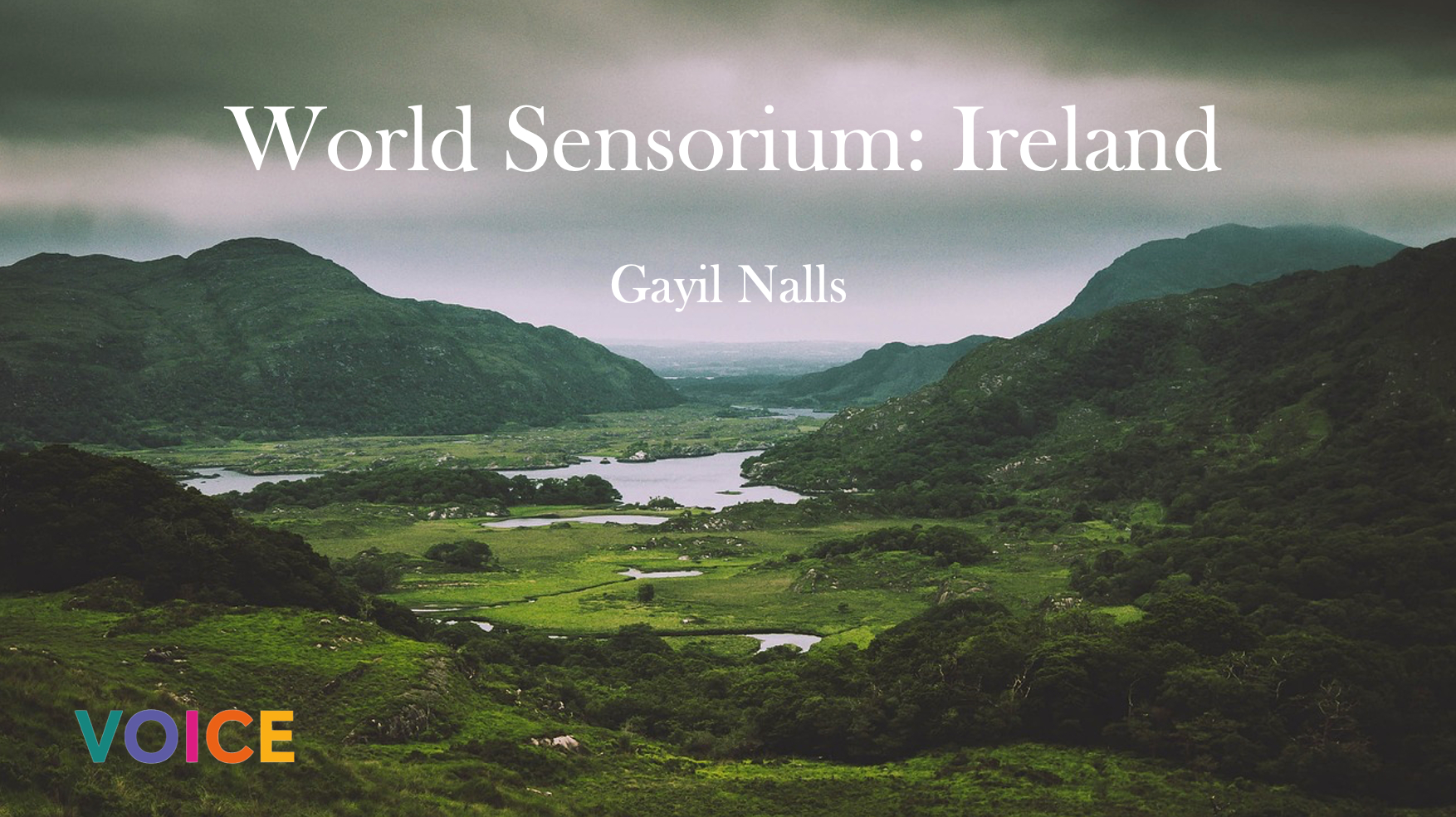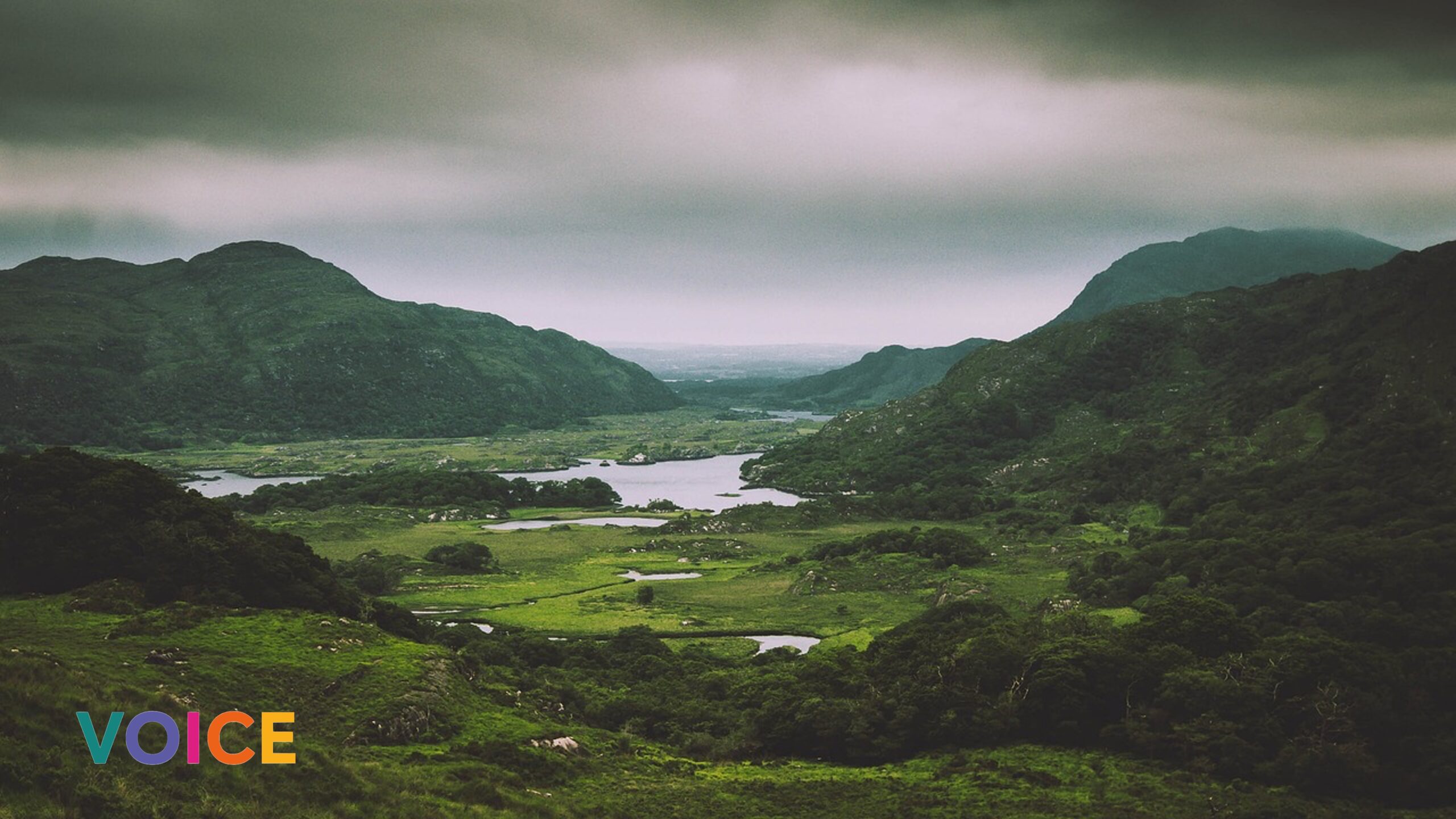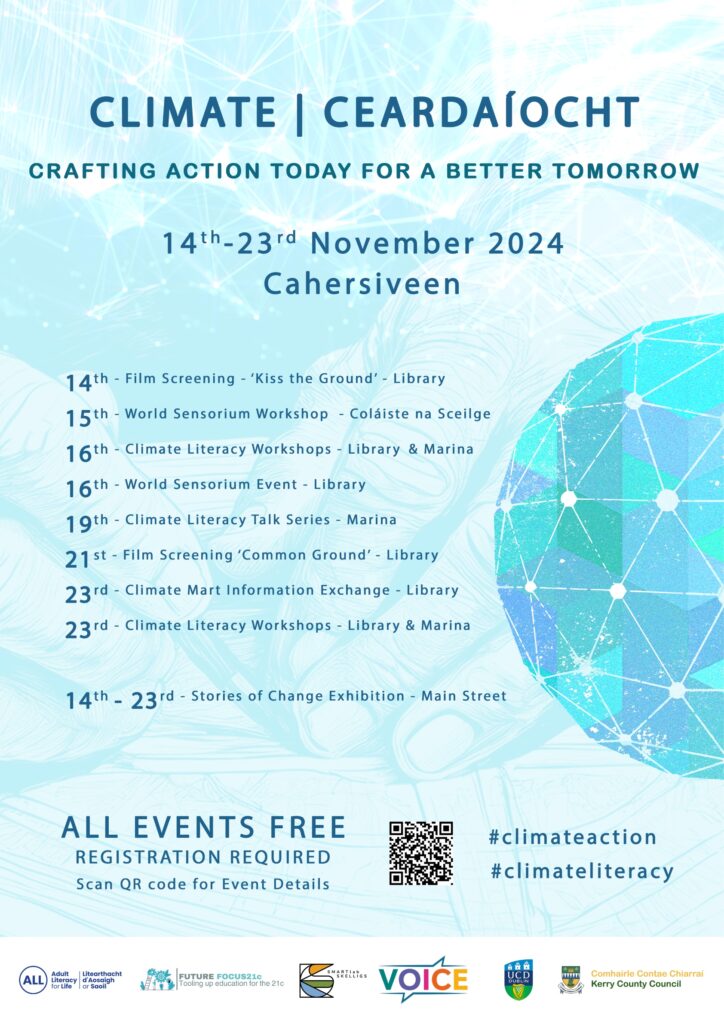

World Sensorium: Ireland
Gayil Nalls
Welcome to the World Sensorium: Ireland Project
The World Sensorium: Ireland project is an immersive exploration of Ireland’s rich olfactory heritage, where tradition, ecology, and cultural memory come together. Conducted from 2024 to 2025, this project deepens our connection to Ireland’s natural world, celebrating the sensory stories embedded in its landscapes. Through collaborative research with local communities, peatland experts, biodiversity specialists, ecologists, and artists, we aim to capture and safeguard Ireland’s distinctive aromatic legacy.
As a part of the broader World Sensorium initiative—which inspires global reflection on scent, culture, and memory—the Ireland project is committed to documenting the nation’s treasured plant life and peatland traditions. At the core of this endeavor is a conversation around Ireland’s transition away from turf burning. For centuries, turf (or peat) has been essential in Irish life, providing warmth, livelihood, and a deep sense of cultural identity. However, as Ireland moves towards a sustainable future, this shift is reshaping relationships with peatlands, promoting conservation awareness, and raising questions about preserving cultural heritage while protecting ecosystems.
The Significance of Scent in Cultural Identity
Scents are deeply woven into the traditions and rituals that define regions and cultures, creating a unique sense of place and community. In Ireland, the earthy aroma of burning peat has long been a comforting presence in rural homes, evoking memories and a sense of belonging. The loss of such iconic scents can weaken cultural practices and diminish a community’s sense of identity. Shared olfactory experiences that once bound families and communities can fade, leading to a historical disconnect and erasing cherished narratives.
As Ireland transitions to sustainable energy, this heritage is at risk. How can Ireland protect its historical olfactory heritage as part of its collective history while restoring bogs and reducing peat use? Which native aromatic flora can carry forward Ireland’s sensory legacy, each with its own rich cultural traditions and narratives?
Capturing Ireland’s Iconic Scents
The World Sensorium project seeks to preserve and celebrate the unique olfactory heritage of various cultures by identifying iconic natural scents—aromas derived from plants that hold deep cultural, medicinal, and emotional significance. These scents transcend mere fragrance to evoke vivid memories and associations, embedding themselves in a region’s identity and culture. Within the World Sensorium, each scent represents a powerful symbol that resonates across generations.
In the global survey, that established the iconic plants of the world, Ireland identified the scent of peat, or turf, as its most significant olfactory emblem. Irish writer Seamus Heaney beautifully captured this scent’s cultural resonance in his essay “Mossbawn: Two Poems in Dedication,” where he reflects on the rich aroma of burning peat in his rural childhood home in County Derry. This scent, symbolic of Irish heritage, is inseparable from the land and its people.
While the scent of burning turf holds deep cultural meaning, it also presents environmental challenges. Turf burning, unique within the World Sensorium as a culturally significant scent that impacts the climate, has prompted national and EU action. In 2022, the European Commission enacted the Peatlands Restoration Law, aiming to restore Europe’s degraded peatlands to their carbon-sequestering potential and protect biodiversity. That same year, the Irish government strengthened restrictions on peat use, banning turf sales through commercial channels while allowing some household use in rural areas. These measures reflect a balance between Ireland’s environmental goals and the cultural traditions associated with turf.
Engaging Public Sentiment and Scent Memory
The World Sensorium: Ireland project invites the public to share their perspectives on this transition. What do people feel about the loss of the familiar, comforting scent of burning turf? We aim to understand how the shift away from peat burning impacts personal and community memories and traditions. We also want to learn about other scents of Ireland’s aromatic flora that hold cultural significance for Irish people, at home and abroad.
Our digital platform allows visitors to explore the scents of Ireland’s aromatic plants and contribute to an evolving archive documenting Ireland’s plant-based sensory heritage. Through a public vote, participants can select their favorite aromatic plants, learn about their traditional uses, and consider how Ireland’s landscapes are adapting to new environmental challenges. We welcome all residents of Ireland and citizens living abroad to participate, helping to preserve these unique scents for future generations.
Vote for Your Favorite Aromatic Plant of Ireland
Celebrating a Sense of Place and Identity
Central to the World Sensorium project is the concept of sense of place—the emotional, cultural, and personal connections that individuals and communities form with their environment. A sense of place embodies the memories, meanings, and values tied to a specific location, influenced by its physical, historical, and social elements. This connection shapes identity and belonging, providing communities with a shared understanding of their heritage. While a sense of place evolves with changing times, thoughtful actions, like sustainable practices and ecosystem protection, help maintain this bond. Communities can thus preserve and enrich their identity, even as they adapt to the future.
Moving away from Ecosystem Siloes
Our discussions focus on ocean preservation, bog restoration, and sustainable aromatic plants of Ireland, bringing attention to the interconnectedness of all ecosystems. It emphasizes the need for holistic conservation efforts, especially for the island nation of Ireland, where 40% of the population lives along the coastline, and three of the plants on the important aromatic plants of Ireland list are seaweed.
Interlinked Ecosystems: Bogs and oceans may seem distinct, but they’re interconnected through the global carbon cycle. Bogs are one of the most effective terrestrial carbon sinks, storing vast amounts of carbon and helping to mitigate climate change. Oceans, similarly, absorb a large portion of atmospheric CO₂. Protecting both ecosystems can amplify efforts to stabilize carbon levels, essential in combating global warming. This is paramount to the stabilization of both ecosystems.
What You Can Do To Save The Ocean
Biodiversity Conservation: Bogs, like oceans, support unique ecosystems. Ireland’s bogs are home to rare and endangered species and culturally important aromatic plants, many of which are found only in these habitats. Likewise, oceans host diverse marine plant species that play critical roles in the health of the planet. Addressing preservation strategies for both environments underscores the importance of biodiversity at a global level and the need to protect species from environmental degradation.
Water Cycle and Climate Stability: Healthy bogs regulate water flow and reduce flooding, impacting nearby marine environments. If bogs are degraded, they release stored water and contribute to runoff, potentially affecting coastal areas and marine habitats. Similarly, ocean health impacts atmospheric conditions, which influence local weather patterns and ultimately impact bogs and their plant life.
Cultural Significance and Traditional Knowledge: Both bogs and the ocean are significant to Irish cultural heritage. Irish coastal communities have traditional knowledge of the sea, resources, and aromatics, just as inland communities have a deep relationship with boglands. Combining ocean preservation with bog restoration highlights the importance of maintaining cultural connections to the land and sea, along with sustainable practices that respect these traditions.
Education on Global Ecosystem Management: Connecting bogs and oceans in a brief discussion fosters an understanding of environmental systems as interdependent. This comprehensive view can inspire sustainable practices not only in localized conservation efforts but also in broader policies affecting agriculture, land use, and climate action in Ireland and beyond.
Incorporating ocean preservation within a bog restoration framework provides a more integrated view of sustainability, emphasizing that protecting one environment supports the health of the other. This interconnected perspective helps enact collaborative efforts in environmental preservation across diverse ecosystems.
Here is “How You Can Play A Role In Bog Preservation.”
World Sensorium at the 2024 Climate Festival in Cahersiveen
On November 16, 2024, the World Sensorium project, led by artist and scientist Gayil Nalls, will mark its 25th anniversary at the Climate Festival in Cahersiveen, County Kerry. This event will explore Ireland’s olfactory heritage and its link to sustainability amid climate change. The celebration, coinciding with a special 2025 edition of World Sensorium, reflects on the profound connection between Ireland’s olfactory history and its evolving landscape.
Since its debut at the Millennium Celebration in Times Square in 2000, World Sensorium has become an international symbol of cultural preservation, emphasizing the importance of scent memory in a rapidly globalizing world. The conversation in Cahersiveen will engage participants in an exploration of sensory perception and the role of scent in Irish cultural identity.
For details on the November 16, 2024 event, please visit
Together, through educational programs, workshops, and public engagement, the World Sensorium: Ireland project seeks to strengthen the bond between Ireland’s people and its heritage. We invite everyone to participate, fostering a renewed appreciation for Ireland’s natural and cultural legacy that is both irreplaceable and resilient.
Sensorium: Olfactory Heritage in the Age of Climate Change
Watch the World Sensorium: Ireland section as we explore how Ireland can preserve its olfactory cultural heritage and transition to new sustainable national olfactory symbols through a thoughtful and strategic approach, blending cultural heritage with scientific sustainability and conservation thinking.
To view Important Aromatic Plants of Ireland please click here.


World Sensorium: Ireland project is funded in part by a Horizon Europe project called VOICE. Through artist-led interventions (ATSIs), VOICE encourages citizen engagement to tackle local and regional environmental challenges effectively. To learn more about the VOICE community, visit the project website or social media channels (LinkedIn, Instagram).
Funded by the European Union. Views and opinions expressed are, however, those of the author(s) only and do not necessarily reflect those of the European Union or HADEA. Neither the European Union nor the granting authority can be held responsible for them.


